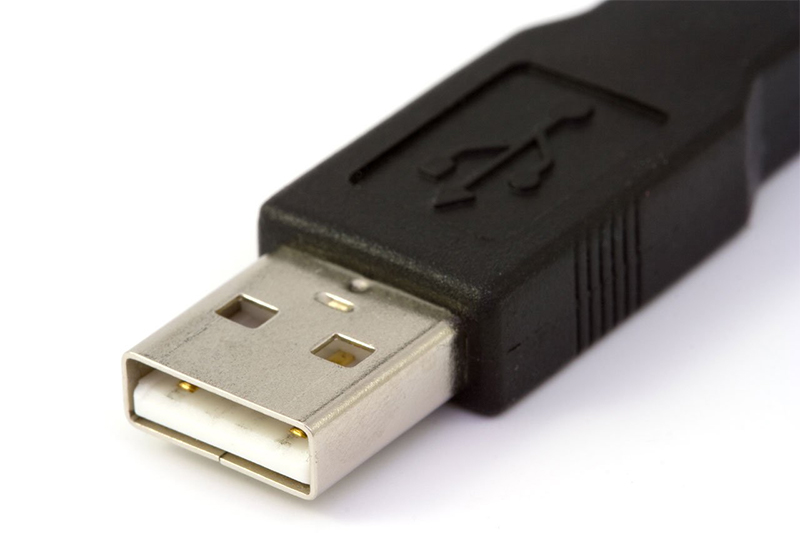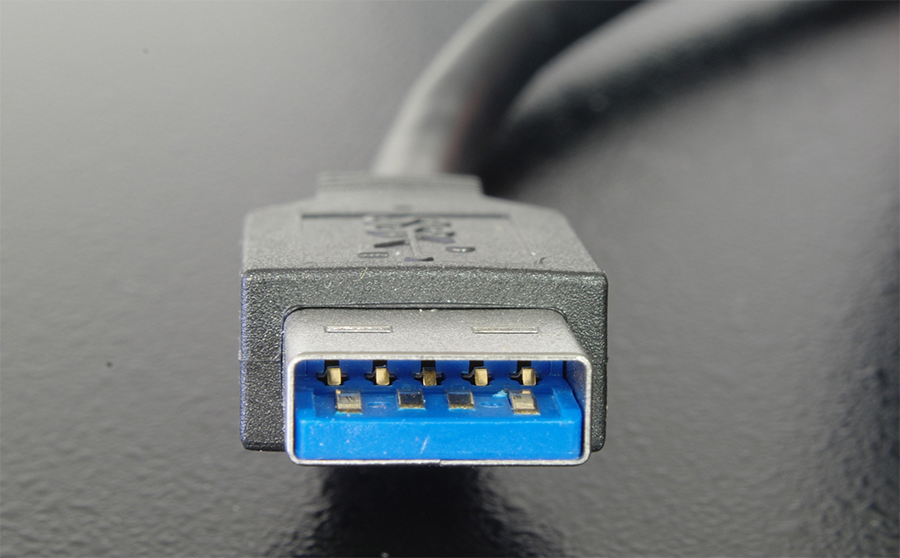When it comes to USB ports, types of cables and connectors, hubs and features of the connections, few know what are the differences between USB-C and USB-A, what USB 3.0 means to what is useful USB4. In this article you will understand the differences between USB-A vs. USB-C.
content
USB-A and USB-C There are two different types of connectors USB (Universal Serial Bus) Use to connect peripheral devices to a computer or other electronic devices.
ports USB-A They are present on the largest range of devices, from computers, printers, TVs and up to mobile phone charges, while type ports USB-C I come from behind and are implemented on more and more laptops, loaders for mobile phones and tablets, external batteries.
USB-A vs. USB-C
Design differences, data transfer and electricity transfer
The first difference we immediately notice at the two ports, is the design. We very easily recognize a port or connector USB-A According to the rightful form, which due to the positioning of the pins, can only be connected in a single position. USB-C (USB Type-C) is of much smaller size, and the symmetry of the pins arranged on two lines, makes it reversible, thus being connected in both positions.
Therefore, the most obvious difference, USB-a vs. USB-C, you are designing.
USB-A

USB-a is currently the most common type of conductor and USB connector (Universal Serial Bus), but which loses land on the new generations of charges for phones, laptops and external devices, in front of USB-C, which is much smaller and is reversible.
This type, USB-A is developed by version USB 3.0 SuperSpeed, which allows speeds of Transfer data up to 5 Gbps (terrorist speed) and electricity transfer support up to 0.9A, which translates into a power of 4.5 watts. We find on the market and generations of USB 3.0 capable of intensity up to 1.5A (7.5 watts). This being the maximum capability of the most advanced USB-A generation.
The USB 3.0 connectors visually distinguish the front of the previous versions by the blue color of the pine support.

USB-C (USB Type-C)
Noul tip, USB-C It is gaining more and more land in front of USB-A, being implemented especially on very thin laptops and devices, where USB would have created design problems, being much higher and wider than USB-C. In addition, USB-C is capable of providing transfer speeds and electricity charging, well over USB-A capabilities. It is, however, about the type of conductor or port of USB-C.
Another difference between USB-A and USB-C, the latter is reversible. Thus it does not matter on which side we connect it to the USB port.
As a clarification, USB-A and USB-C refer primarily to design. Both types of connectors are of several types, characteristics and generations.
USB-C provides support for transfer data and electricity through protocol:
- DisplayPort
- HDMI
- Mobile High-Definition Link (MHL)
- Thunderbolt 3
- VirtualLink
Each of the protocols above, although they use the same type of connector, have different characteristics.
De exemplu, Thunderbolt 3 supports a data transfer speed up to 40 Gbps with an energy transfer power up to 100W, while VirtualLink It supports energy transfer of up to 27W. Even though both protocols use a USB-C interface as a connector.
So, when you buy a laptop with USB-C port, it is good to know its exact specifications. As it is valid for conductors (USB-C cables). Even if it looks like a design, their technical characteristics differ greatly.
For example, Thunderbolt 3 is capable of supporting high resolution video content, which USB 3.1 (Type-C) does not support this capability.
Another difference between the two connecting protocols is the price. A laptop with support Thunderbolt 3 It will be a higher price than one with USB 3.1 (with the other identical hardware specifications). And in the case of conductors it is the same thing. Thunderbolt 3 is a technology developed by Apple together with Intel, and the license prices and production technology make a difference in the final price paid by the buyer.
Now you know what the USB-a vs. USB-C, but each type of connectors can have different features and technologies.
Summary USB-a vs. USB-C
USB-A It is the most common type of USB connector, recognized for its flat and rectangular form, with an elongated insert that allows it to connect in one way. This type of connector is often used to connect devices such as mice, keyboards, printers and USB flash units to a computer.
USB-C It is a new and advanced USB type of USB connector, which has become popular in recent years. It has a smaller and rounded shape and can be connected in both directions, which makes it much easier to use. The USB-C connector supports a higher data transfer speed, can be used to load devices and can support other protocols, such as HDMI and DisplayPort. Also, some modern laptops use the USB-C connector to replace separate charging ports, as they can provide higher electrical power.
